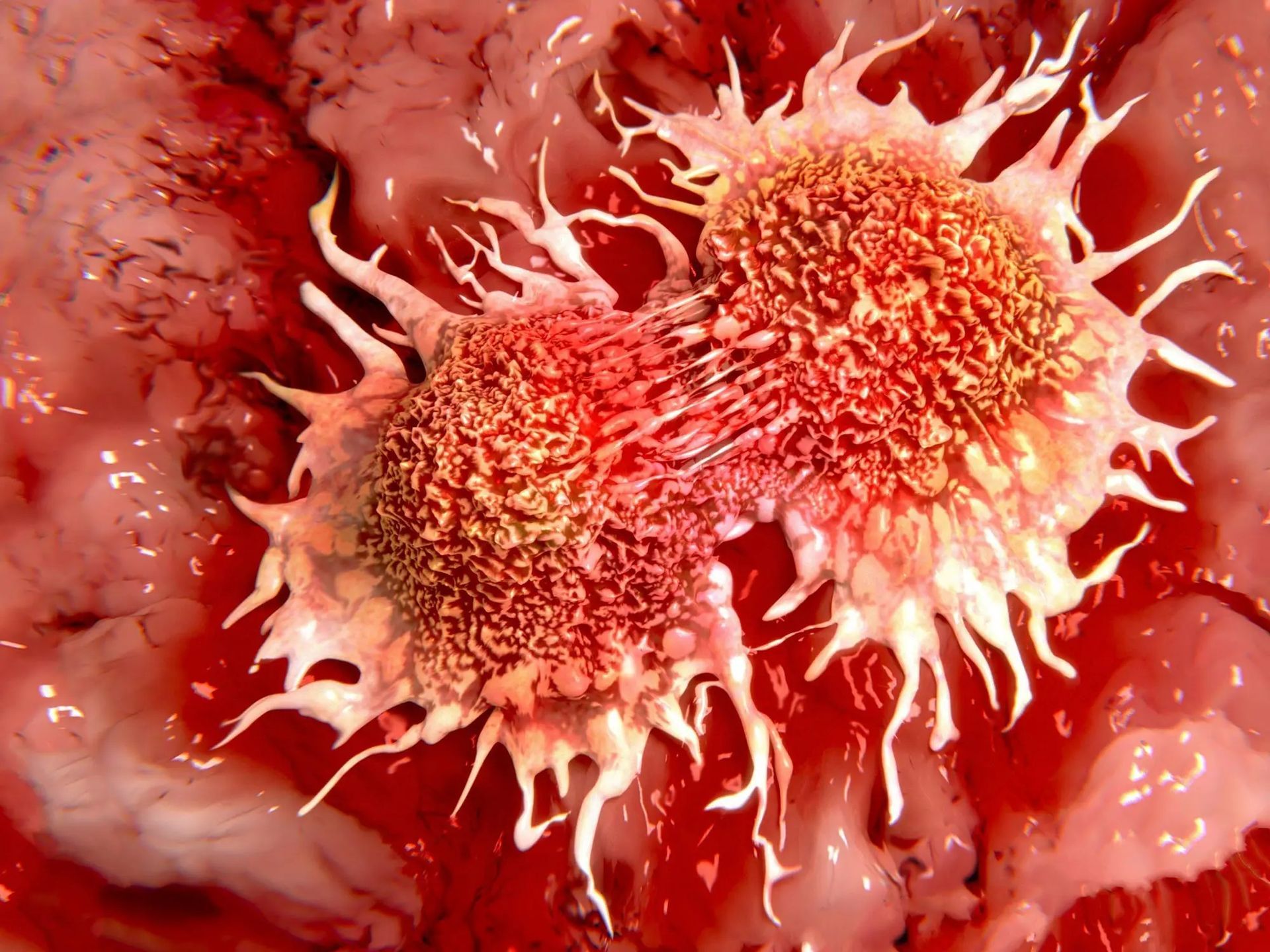(Abstract)
Biomarkers are a "tool" for accurate and timely diagnosis, for effective prognosis and treatment of patients with certain diseases. In 2001, the top health body in country standardized the definition of a biomarker as a characteristic that can be objectively measured and evaluated as an indicator of a normal biological process, a pathological process or a pharmacological response to the applied therapy and defined the types of biomarkers: type 0-prognostic marker, type 1-marker of biological activity (response to therapy) and type 2-surrogate marker predicting therapeutic efficacy.
The term biomarker in medicine usually refers to a protein measured in the blood whose concentration indicates the normal or pathological response of the organism, as well as the pharmacological response to the applied therapy. Broadly speaking, a biomarker is any indicator that is used as an indicator of the intensity of a disease or other physiological state in the body. It can be measured in a blood, urine or tissue sample, it can be obtained directly from the person (blood pressure, EKG or Holter) or it can be obtained by imaging (echocardiogram or CT scan).
Biomarkers are divided into:
• antecedent biomarkers that indicate the risk of developing the disease
• "screening" biomarkers that determine the subclinical form of the disease
• diagnostic biomarkers that detect an existing disease
• "staging" biomarkers that define the stage and severity of the disease
• prognostic biomarkers that predict the course of the disease and the response to the applied therapy
Biomarkers provide important information for the clinical evaluation of patients with suspected cancer and in the hands of an experienced oncologist or hematologist can be a powerful weapon.
In short, biomarkers are very important in precision medicine, because they help the patient receive the right therapy at the right time.
Zdenko Kos, MSc MEc BScEcon(Hons) MBA
SWISS MEDICAL JOURNAL 2009


